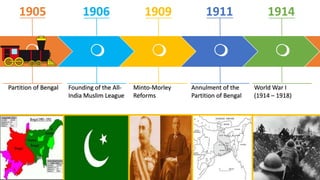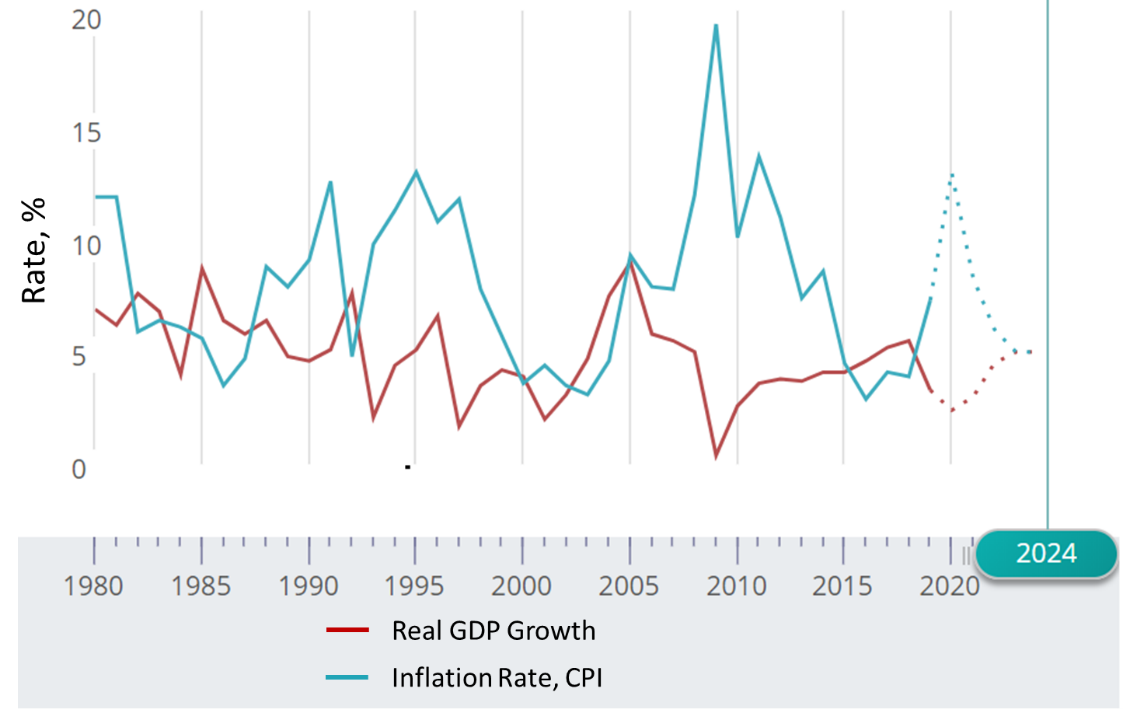Ethnic-Diversity
Introduction:
Pakistan, a country located in South Asia, is renowned for its rich ethnic diversity, which has been shaped by centuries of migration, conquests, and cultural exchanges. Home to various ethnic groups, each with its unique language, culture, traditions, and heritage, Pakistan's ethnic mosaic reflects the complexity and richness of its societal fabric. In this extensive exploration, we delve into the diverse ethnic groups that constitute the populace of Pakistan, examining their historical roots, cultural distinctiveness, socio-economic dynamics, and contributions to the nation's identity.
Historical Overview:

The ethnic diversity of Pakistan has deep historical roots, dating back to ancient times. The region has been inhabited by diverse indigenous peoples, including the Dravidians, Indo-Aryans, and various tribal communities. Throughout history, Pakistan has been a melting pot of civilizations, with successive waves of migration and conquests contributing to its ethnic tapestry. The Aryans, Persians, Greeks, Kushans, Arabs, Turks, and Mughals are among the various groups that have left their imprint on the region.
Major Ethnic Groups:

a. Punjabis:
Punjabis are the largest ethnic group in Pakistan, primarily residing in the province of Punjab. Known for their rich cultural heritage, Punjabis have a distinct language, Punjabi, which is one of the most widely spoken languages in Pakistan. Punjabi culture is characterized by its vibrant folk traditions, including music, dance (Bhangra), poetry (Shahmukhi), and cuisine (e.g., Sarson da Saag and Makki di Roti). Lahore, the provincial capital, is a hub of Punjabi cultural activities.
b. Pashtuns:
Pashtuns, also known as Pakhtuns or Pathans, predominantly inhabit the northwestern regions of Pakistan, particularly Khyber Pakhtunkhwa (KP) and parts of Balochistan. They also have a significant presence in Afghanistan. Pashtuns have a rich tribal heritage, with Pashto being their primary language. Pashtunwali, a traditional code of conduct, governs Pashtun society, emphasizing concepts of honor, hospitality, and revenge. The Pashtun culture is renowned for its hospitality, tribal customs, traditional attire (Shalwar Kameez and Pakol), and Pashto literature, including poetry and folk songs (Attan).
c. Sindhis:
Sindh is predominantly inhabit the province of Sindh, located in southeastern Pakistan. They have a rich historical legacy, with Sindh being home to the ancient Indus Valley Civilization. Sindhi culture is characterized by its colorful traditions, Sufi heritage, and distinctive language, Sindhi. Sindhi music, poetry (Shah Jo Risalo), and handicrafts (Ajrak and Sindhi Topi) are integral parts of Sindhi identity.
d. Balochis:
Balochis primarily reside in the province of Balochistan, occupying the southwestern region of Pakistan. They also have a significant presence in neighboring Iran and Afghanistan. Balochi culture is deeply rooted in tribal traditions, with Balochi being the primary language. Balochi music, poetry (Balochi poetry), handicrafts (such as Balochi rugs), and nomadic lifestyle are hallmarks of Balochi identity.
e. Mohajirs:
Mohajirs are descendants of Urdu-speaking migrants who migrated to Pakistan from various parts of India during the partition in 1947. They primarily reside in urban centers, particularly Karachi, Hyderabad, and other cities of Sindh. Mohajirs have played a significant role in shaping Pakistan's urban landscape, contributing to its economy, politics, and culture. Urdu serves as the primary language of Mohajirs, although many also speak regional languages.
Ethnic Minorities and Indigenous Communities:
a. Gilgit-Baltistan:
Gilgit-Baltistan is a region in the northern part of Pakistan, known for its stunning landscapes, including the Karakoram and Himalayan mountain ranges. It is home to diverse ethnic groups, including Shinas, Baltis, and Burusho (Hunza). The region has a unique cultural heritage, with distinct languages (such as Shina, Balti, and Burushaski), traditional music, dance (e.g., Dhamal), festivals (e.g., Shandoor Polo Festival), and handicrafts.
b. Kashmiris:
Kashmiris inhabit the region of Azad Jammu and Kashmir (AJK) and parts of Gilgit-Baltistan. They have a distinct cultural identity, shaped by the region's picturesque landscapes, traditions, and history. Kashmiri culture is characterized by its rich literary heritage, Sufi traditions, handicrafts (such as Pashmina shawls), and cuisine (e.g., Wazwan). The Kashmiri language, along with Urdu, is widely spoken in the region.
c. Minorities:
Pakistan is home to various religious and ethnic minorities, including Christians, Hindus, Sikhs, Parsis, and others. These communities contribute to Pakistan's cultural diversity through their languages, traditions, festivals, and cuisines.
Socio-Economic Dynamics:

The ethnic diversity of Pakistan is reflected in its socio-economic landscape, with disparities existing in terms of access to resources, opportunities, and development across different ethnic groups. Factors such as historical legacies, geographic location, political dynamics, and government policies influence the socio-economic status of various ethnic communities, leading to issues of marginalization, discrimination, and identity politics. Contributions to National Identity: Despite the diversity, the ethnic groups of Pakistan contribute to a shared sense of national identity, with commonalities such as language (Urdu), religion (Islam), and historical narratives serving as unifying factors. Cultural exchange, intermarriage, and migration have led to a blending of ethnic identities, fostering a sense of belonging to a larger Pakistani identity while also preserving the distinctiveness of individual ethnic cultures.
Conclusion:
The ethnic diversity of Pakistan is a testament to the richness, complexity, and resilience of its societal fabric. From the fertile plains of Punjab to the rugged mountains of Balochistan, Pakistan's ethnic mosaic reflects centuries of history, migration, and cultural exchange. Despite the challenges of socio-economic disparities and identity politics, the diverse ethnic groups of Pakistan continue to contribute to the nation's cultural vibrancy, societal cohesion, and collective identity, reaffirming the ethos of unity in diversity. As Pakistan navigates the complexities of the modern world, embracing and celebrating its ethnic diversity remains essential for fostering inclusivity, harmony, and progress in the nation's journey forward.